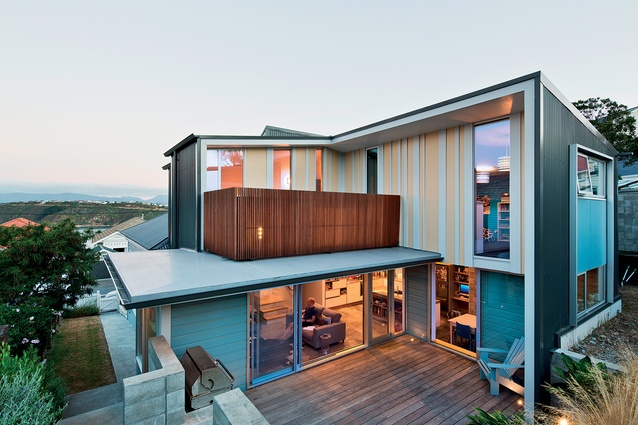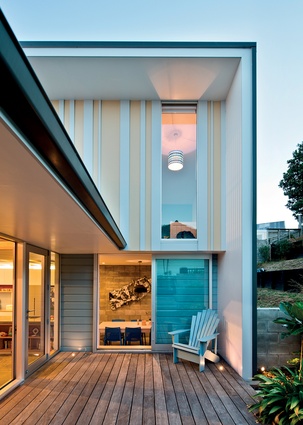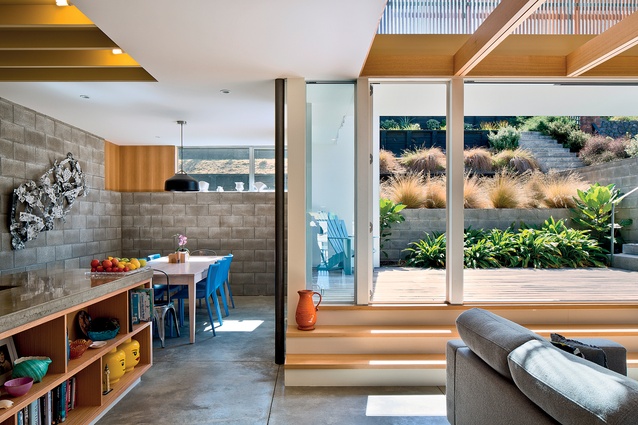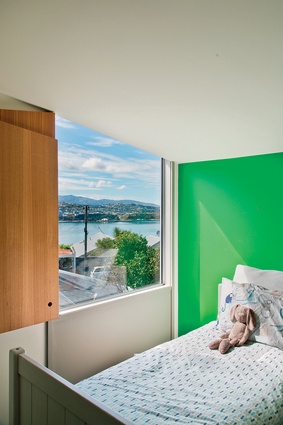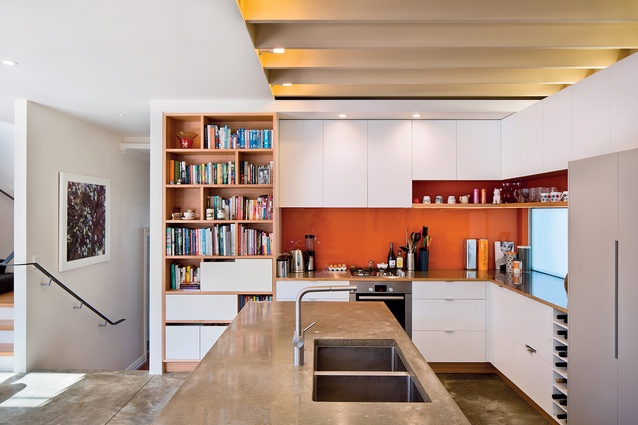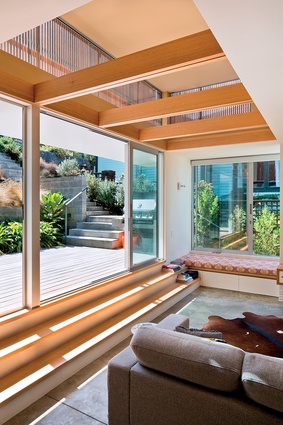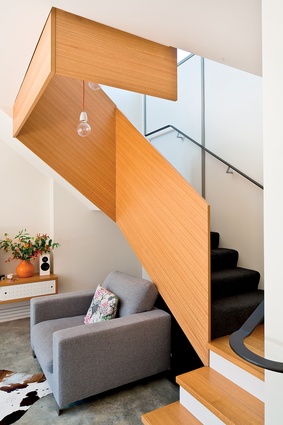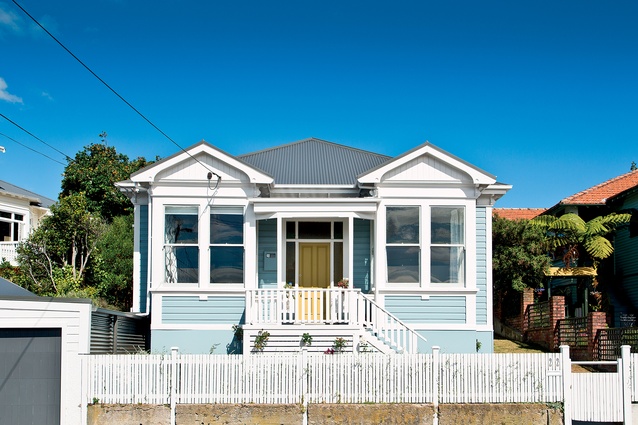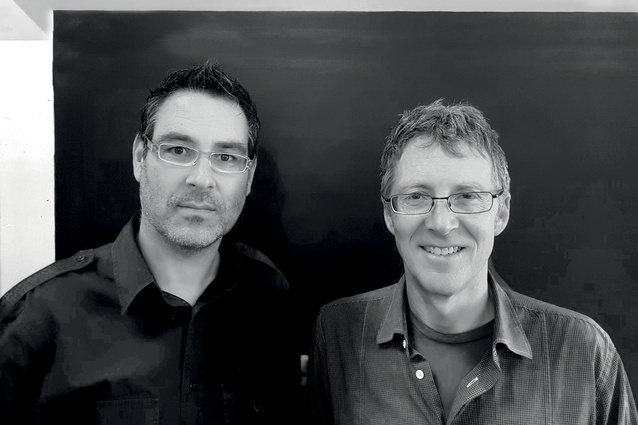Houses revisited: Matai house
A close architect–client connection aided the transformation of this Wellington villa into an elegant and light-filled home. First published in 2016.
From the street, Matai House looks like any other well-kempt villa. The front verandah is generous, the sash windows well portioned and the picket fence suitably white. It’s not until you pass through the front door, handsomely appointed in mustard, that you begin to realise this home has more to offer than first meets the eye.
A broad, lofty hall leads you through the original 1904 villa, past the first four rooms. With only subtle enhancements throughout, the existing house has remained largely intact, and complements the new addition wonderfully. A gently-folded steel handrail accompanies you as you ascend the three steps up to the new living, dining and kitchen space: a seamless transition, despite the difference in materials and spatial qualities.
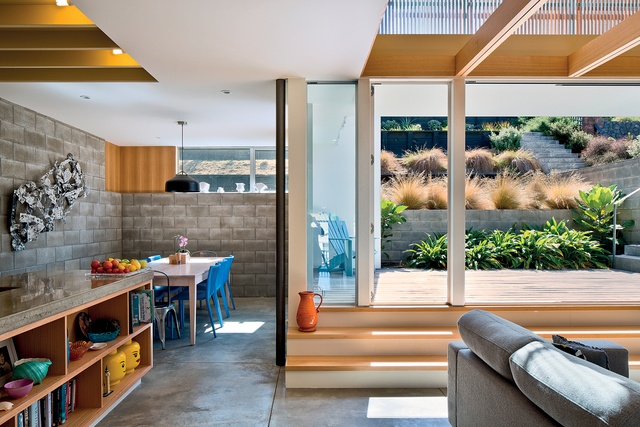
The use of light, materials and colour instantly distinguishes this part of the house from the previous and, as a friend of the client so abruptly noted, it’s like you “just leapt from the last century to the current one”. And while it may not sound like a compliment, this renovation offers an elegant addition to which the client and the architect are sure to be proud.
The owners lived in the villa for two years before they decided to renovate, giving them ample time to carefully consider how they wanted to transform their family home. It was clear that the laundry at the back of the house, which was getting the best sun on the northern face, had to be moved.
The property also has a lush and generous garden, which was only connected to the villa with a weatherboard wall. It was apparent that, while they needed a new kitchen and additional bedrooms for their growing family, they needed a way to relate to the backyard as well. As architect Gerald Parsonson acknowledges, “It was about taking the villa and connecting it with the site.”
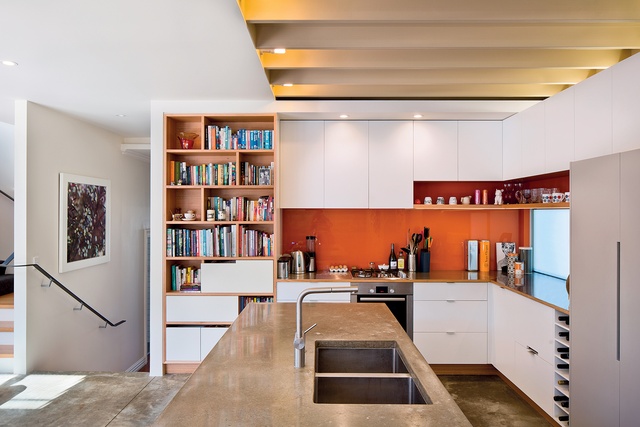
Before choosing their architect, the clients did their research; “If you pick an architect, you have to know what they’ve been up to and like what they have been doing.” For these clients, that meant looking through magazines, scrolling through websites and even the odd drive-by to see what style they liked, to see if it could help them achieve what they were after.
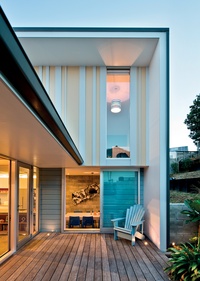
When they finally approached Parsonson Architects, they knew they had found a match: “They were fun and they built a relationship with us, which was the key thing. We really enjoyed working with them.” It is advice that architect Gerald would also offer anyone in the lead up to their decision to build or renovate: “It’s important to have a connection with the work of that architect.”
The process leading up to the nine-month build took 14 months; this meant that the clients could take their time to work with the architects, ensuring that their new home would suit their needs — and their budget. This was a lengthy but well-considered process that took into account their dedication to the property. “This house is for us to live in for the next 20 years,” they explain.
And the results are stunning. The living area and open kitchen provide an intimate space for four or forty, catering to parties and family dinners with equal measure. The boys’ upstairs bedrooms are playful and well considered, even down to custom-made lighting and folding blinds.
The Matai House is testament to what’s possible when a good client and architect relationship is forged. Both would agree that it takes time and listening and, along the way, it’s good to be open to new ideas and to remember to have a good laugh.
MATERIAL SELECTOR
Architects Gerald Parsonson and Craig Burt talk about how they designed this stunning staircase.
The staircase is very beautiful - what were you trying to achieve here?
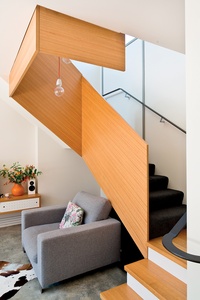
We were looking to create something that was sculptural, which drew the eye upward and was visually solid and economical to construct. We liked the idea of something resembling an origami wrap spiralling up around a group of hanging lights.
What is it made from and where did you source the material?
The staircase is made from Victorian Ash veneered MDF. Veneered MDF is a very common product and easy to specify. A good deal of kitchen cabinetry is made out of this material. It is a standard product and all veneer companies supply it.
How did you utilise this material throughout the house and why?
We used Victorian Ash throughout the extension, kitchen and other joinery, as well as the floorboards and roof structure, so it made sense to use the same on the stairs.
Click here to see more Houses Revisited. And sign up to our email newsletters to receive Houses Revisited straight to your inbox.
Note: These are stories from our archives and, since the time of writing, some details may have changed including names, personnel of specific firms, registration status, etc.

